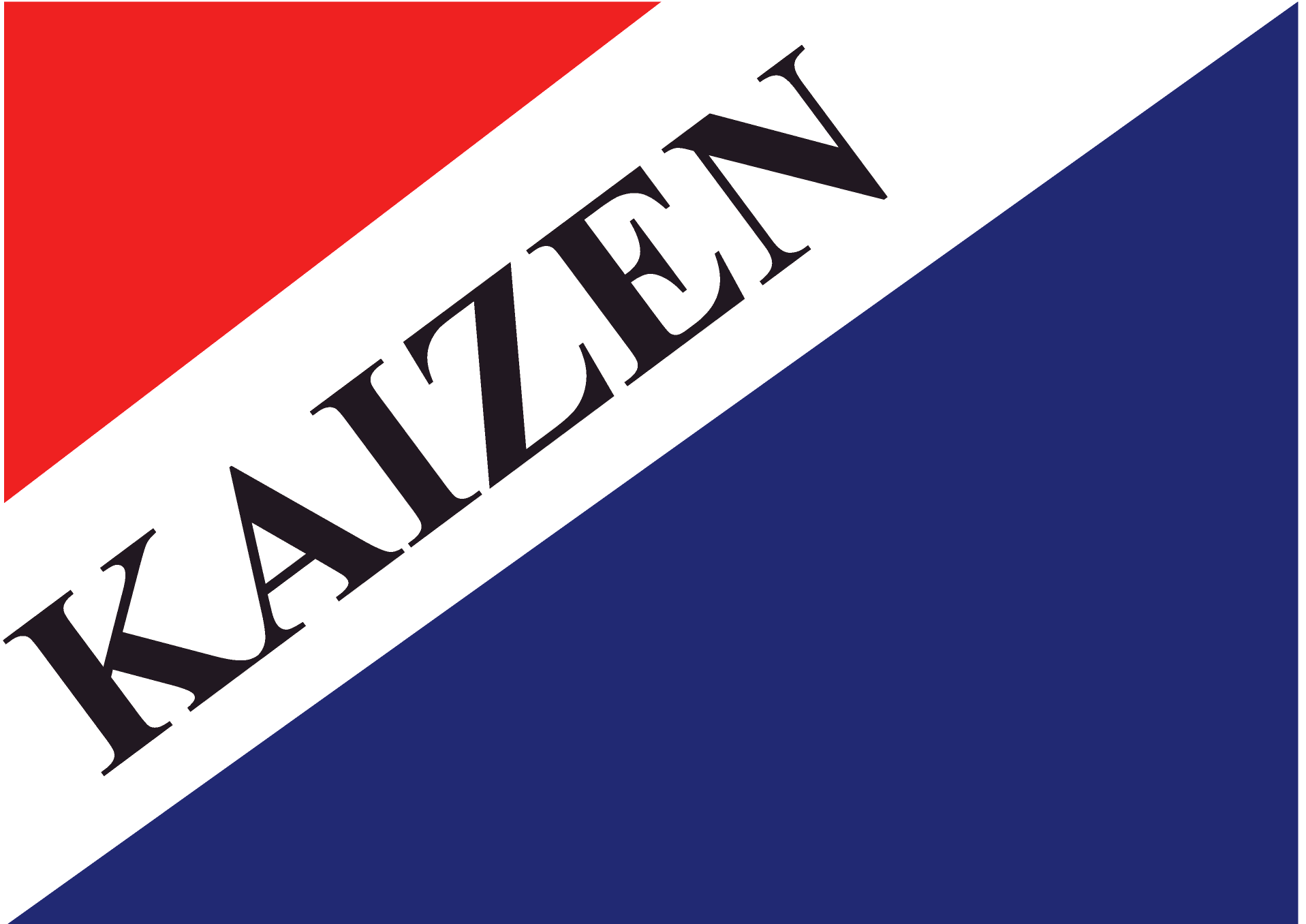Editor’s Note to Kaizen Catalog 2023
We are happy that the Kaizen Catalog is back in circulation. The last time we published was in 2020 and because of the Covid-19 lockdowns, only a few copies were distributed (all the rest – the whole batch was destroyed) although it was also digitally posted on our website. For two years we did not publish due to physical uncertainty. Kaizen Management Systems, Inc. itself was operating only in the survival mode. Now, the pandemic is not yet declared over but most people are hopeful that the worst is behind. Businesses have opened up and almost as vibrant as the pre-covid level. Everyone sees better times ahead. The government is predicting a 6-7% increase in GDP. One good thing gained from Covid was authorities and the populace learned about the wisdom of using science and data. It was observed that authorities, like the Inter-Agency Task Force (IATF) were using scientific information and data in making health and safety decisions. Scientists and statisticians played a major role not only providing calculated guidance in policy-making but also by lending their faces on television and social media in communicating risks and decisions to the general public.
This lesson from Covid is consistent with the Kaizen Concept called “Speak with Data” which states that our (business) decisions must be based on data. This means that data is not just an “incident” but a process output by design. It is one thing to count the number of customers present in a store (that is data, an incident). Its another thing to count the number of customers that arrived in an hour – that is data, an incident). It is even more another thing to count the increase in the number of customers that arrived between 12:00 nn and 01:00 pm – that is data an output by design. I visit offices and factories and ask about certain data, the usual answer I get is “there is none”. What does it mean? They are not gathering data? Or they don’t know that they have to gather data? Or they have no intention to manage?
In one ocassion, I asked the maintenance engineer about the lifespan of a certain problematic machine part that breaks down frequently. He said, he had no data but gave a personal estimate. So I asked if they have records of at least two successive breakdowns of that same part. He said “none”.
Why is there “no data”? The answer is painfully true – no management! A wise process manager will figure out how a process will be successful. He or she will determine what kind of data will indicate a successful operation. And if you want to improve (kaizen) you would want to know what data will improve data. – Joe Villegas







